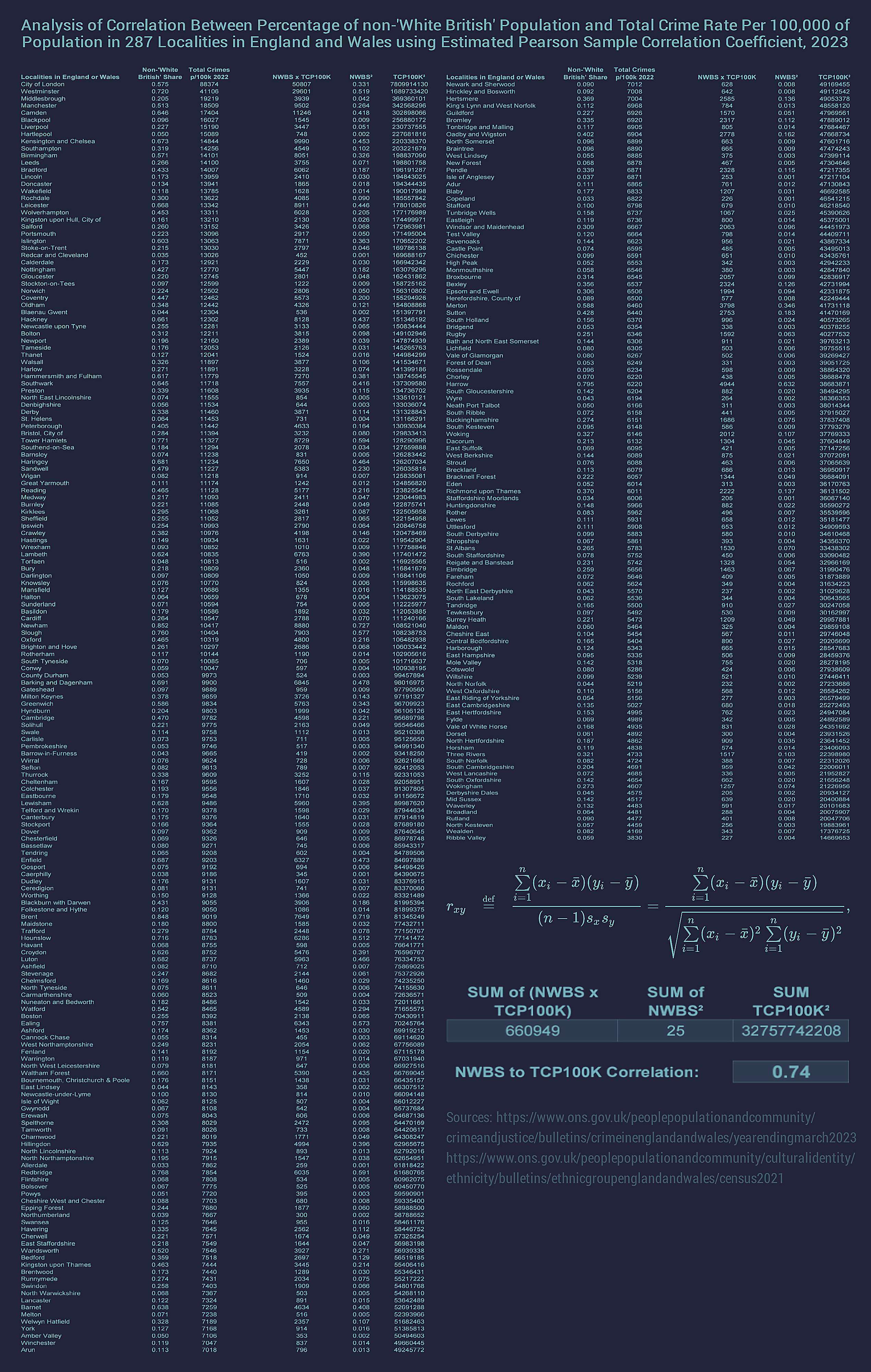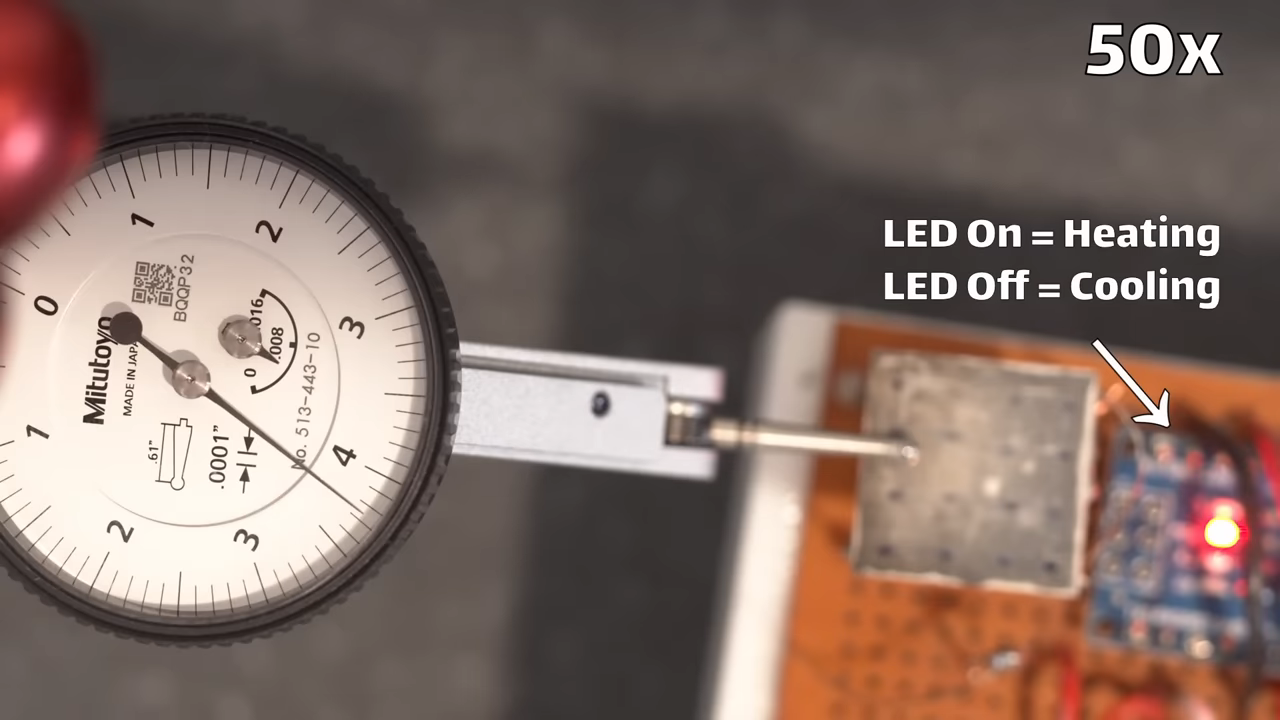Pearson’s #correlation coefficient is the #test that measures the #statistical relationship between two continuous #variables. It is known as the best method of measuring the #association between variables because it is based on the #covariance #method. The PCC gives #information about the #magnitude of the correlation as well as the direction of the #relationship.
If the #coefficient value lies between ±0.50 & ±1, then it is said to be a #strong correlation.
If the #value lies between ±0.30 & ±0.49, then it is said to be a #medium correlation.
If the value #lies below +0.29, then it is said to be a #small correlation.


